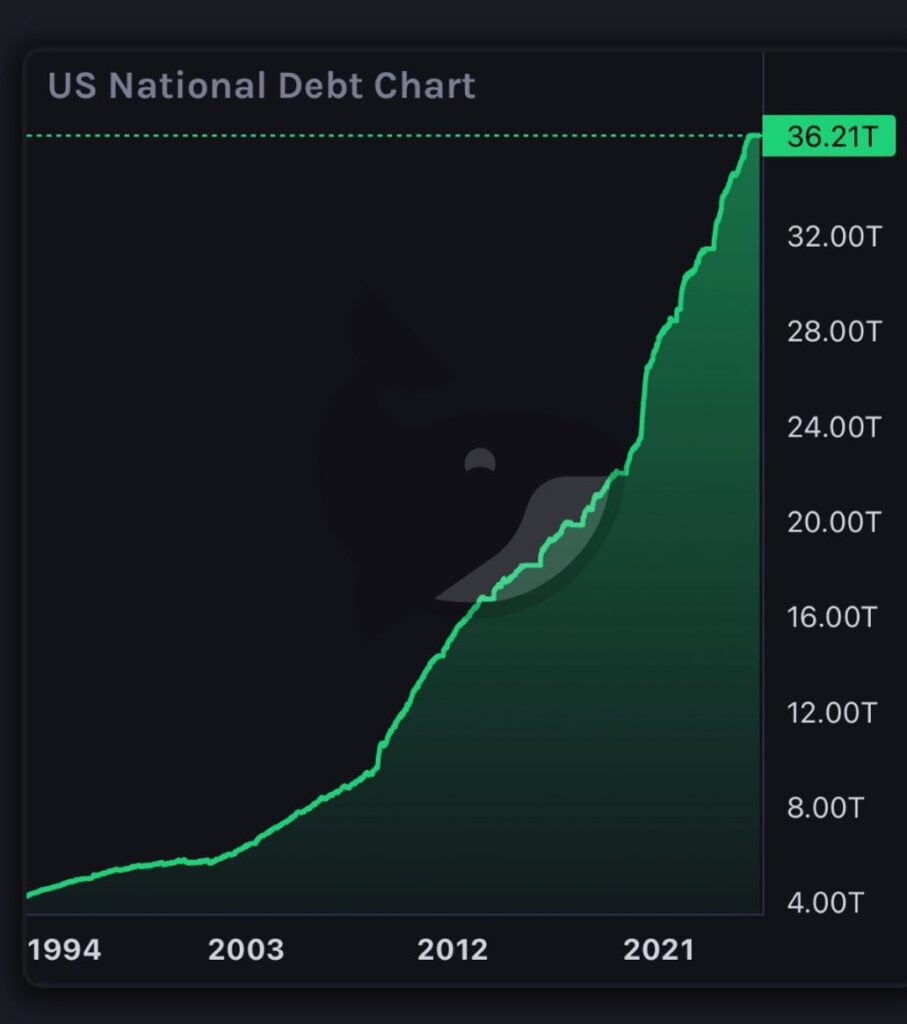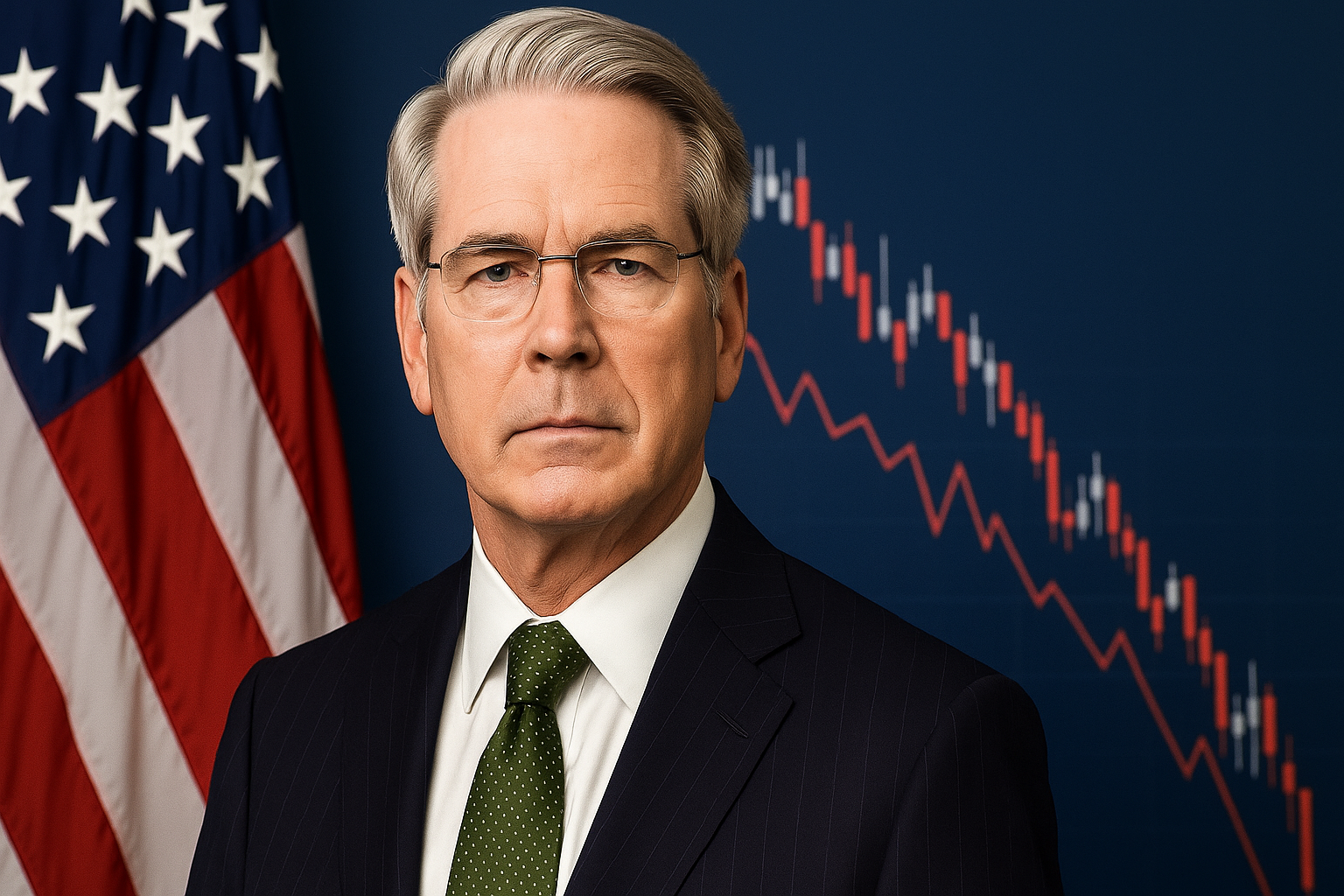A new warning from Treasury Secretary Scott Bessent is shaking up markets and raising the pressure on Congress.
Speaking to lawmakers this week, Bessent said that if the US debt ceiling isn’t resolved in time, it could lead to the biggest financial crisis since 2008.
And this time, the fuse is shorter than most realize.
The risk no one wants to test
Bessent told the House Ways and Means Committee that failing to raise the debt limit would have “cataclysmic” consequences. His words were direct: it could cause a full-scale collapse in financial activity and confidence, cutting off jobs and credit with global consequences.
His message was clear. There’s no plan B if the ceiling is breached. This isn’t politics it’s risk management.
What’s behind the alarm
- Deadline approaching:
The Treasury could reach its borrowing limit as early as August, though tax revenue might push the deadline slightly. Still, the window is closing fast. - Markets already reacting:
Bond yields are rising. Liquidity in short-term markets is tightening. Money is shifting into safety, fast. - Global trust on the line:
A US default would shake global confidence in Treasury bonds the foundation of modern finance. If the US blinks, the world flinches.
What Congress is fighting over
At the center of this is the so-called “One Big Beautiful Bill”, a Republican package that links raising the debt ceiling to sweeping tax cuts and policy changes.
Democrats and fiscal conservatives are divided. Some say the bill adds trillions in debt. Others argue it’s the only path forward.
What’s certain is this: gridlock now could mean shockwaves later.








